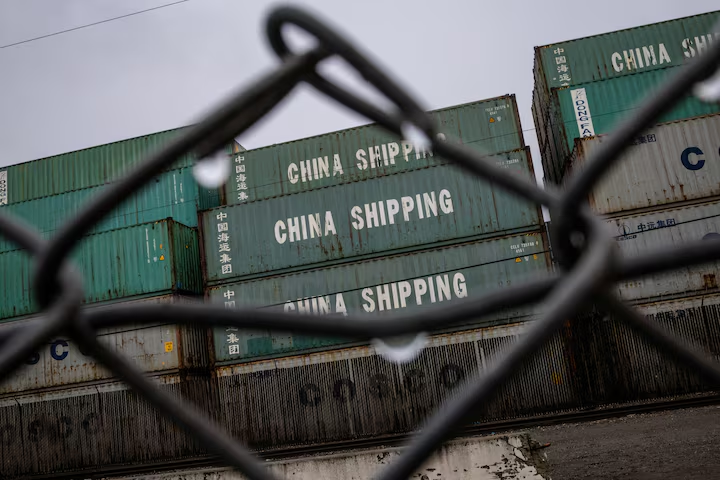China has stressed the need for continued trade dialogue with the United States, describing it as “important and constructive,” while calling for a return to multilateral cooperation as the key to resolving global economic challenges. The remarks were made by China’s Ministry of Commerce on May 21, 2025, amid rising tensions and mutual tariff threats between the world’s two largest economies.
The statement comes ahead of a new round of trade negotiations between Chinese and U.S. officials, scheduled to be held in Beijing next week, where discussions will focus on tariff disputes, market access, and technology cooperation.
“Trade relations must be based on dialogue, mutual respect, and multilateral rules,” a ministry spokesperson said at a press briefing.
U.S.–China Trade Relations at a Crossroads
Relations between Beijing and Washington have become increasingly strained since President Donald Trump’s return to office, marked by renewed U.S. tariffs on Chinese electric vehicles, semiconductors, and solar panels. The Chinese government has responded with countermeasures and WTO complaints, calling the U.S. actions protectionist and harmful to the global economy.
Despite the rising rhetoric, both sides have agreed to maintain trade channels open and resume face-to-face discussions, with Chinese officials describing the talks as “a path to stability in uncertain times.”
“We do not want a trade war,” said the ministry spokesperson. “But we are prepared to defend our interests.”
Multilateralism at the Core of China’s Strategy
Beijing has positioned itself as a defender of multilateral trade systems, especially amid growing U.S. use of unilateral sanctions and tariffs. Chinese officials reaffirmed support for the World Trade Organization (WTO) and other international frameworks that promote rules-based commerce.
The Ministry of Commerce urged the U.S. to return to multilateral cooperation, highlighting the Belt and Road Initiative and partnerships with the BRICS bloc as alternative models of global development.
“China believes in fair competition, not coercion,” the spokesperson said. “Multilateralism is not a choice; it is a necessity.”
Market Impact and Global Response
The announcement has had a moderating effect on financial markets, which had grown jittery over a possible escalation in trade tensions. Asian stocks rose slightly following the news, and global investors welcomed the possibility of a recalibrated trade dynamic between Washington and Beijing.
European Union trade officials, while cautious, praised the renewed dialogue and encouraged both powers to find common ground. Many smaller economies, particularly in Southeast Asia and Africa, have called for greater trade stability to ensure uninterrupted global supply chains.
Focus Areas in Upcoming Talks
While both sides remain far apart on core issues, the upcoming talks are expected to address:
- Technology transfer restrictions and export controls
- Tariff reductions on essential raw materials
- Access to each other’s automotive and agricultural markets
- Data privacy, AI governance, and cybersecurity protocols
- Reform of global trade institutions such as the WTO Appellate Body
Despite challenges, there is cautious optimism that incremental agreements could be reached to prevent further deterioration.
What to Watch
- Whether the U.S. will ease specific tariffs in exchange for greater market access
- China’s approach to foreign tech investment and IP protections
- The role of multilateral platforms, including BRICS and ASEAN, in shaping outcomes
- Potential impact on global inflation and commodity prices if trade hostilities resume
As the U.S. and China prepare for their next trade meeting, the stakes remain high — not just for bilateral relations, but for the stability of the global economy. While trust is low, dialogue remains the only bridge forward, and both sides appear willing, at least for now, to step back from confrontation in favor of cautious engagement.
Source; Reuters



